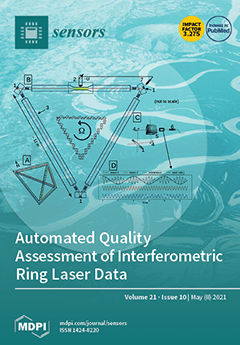Open AccessArticle
Sensing Optimum in the Raw: Leveraging the Raw-Data Imaging Capabilities of Raspberry Pi for Diagnostics Applications
by
Alessandro Tonelli, Veronica Mangia, Alessandro Candiani, Francesco Pasquali, Tiziana Jessica Mangiaracina, Alessandro Grazioli, Michele Sozzi, Davide Gorni, Simona Bussolati, Annamaria Cucinotta, Giuseppina Basini and Stefano Selleri
Cited by 2 | Viewed by 5681
Abstract
Single-board computers (SBCs) and microcontroller boards (MCBs) are extensively used nowadays as prototyping platforms to accomplish innovative tasks. Very recently, implementations of these devices for diagnostics applications are rapidly gaining ground for research and educational purposes. Among the available solutions, Raspberry Pi represents
[...] Read more.
Single-board computers (SBCs) and microcontroller boards (MCBs) are extensively used nowadays as prototyping platforms to accomplish innovative tasks. Very recently, implementations of these devices for diagnostics applications are rapidly gaining ground for research and educational purposes. Among the available solutions, Raspberry Pi represents one of the most used SBCs. In the present work, two setups based on Raspberry Pi and its CMOS-based camera (a 3D-printed device and an adaptation of a commercial product named We-Lab) were investigated as diagnostic instruments. Different camera elaboration processes were investigated, showing how direct access to the 10-bit raw data acquired from the sensor before downstream imaging processes could be beneficial for photometric applications. The developed solution was successfully applied to the evaluation of the oxidative stress using two commercial kits (d-ROM Fast; PAT). We suggest the analysis of raw data applied to SBC and MCB platforms in order to improve results.
Full article
►▼
Show Figures






